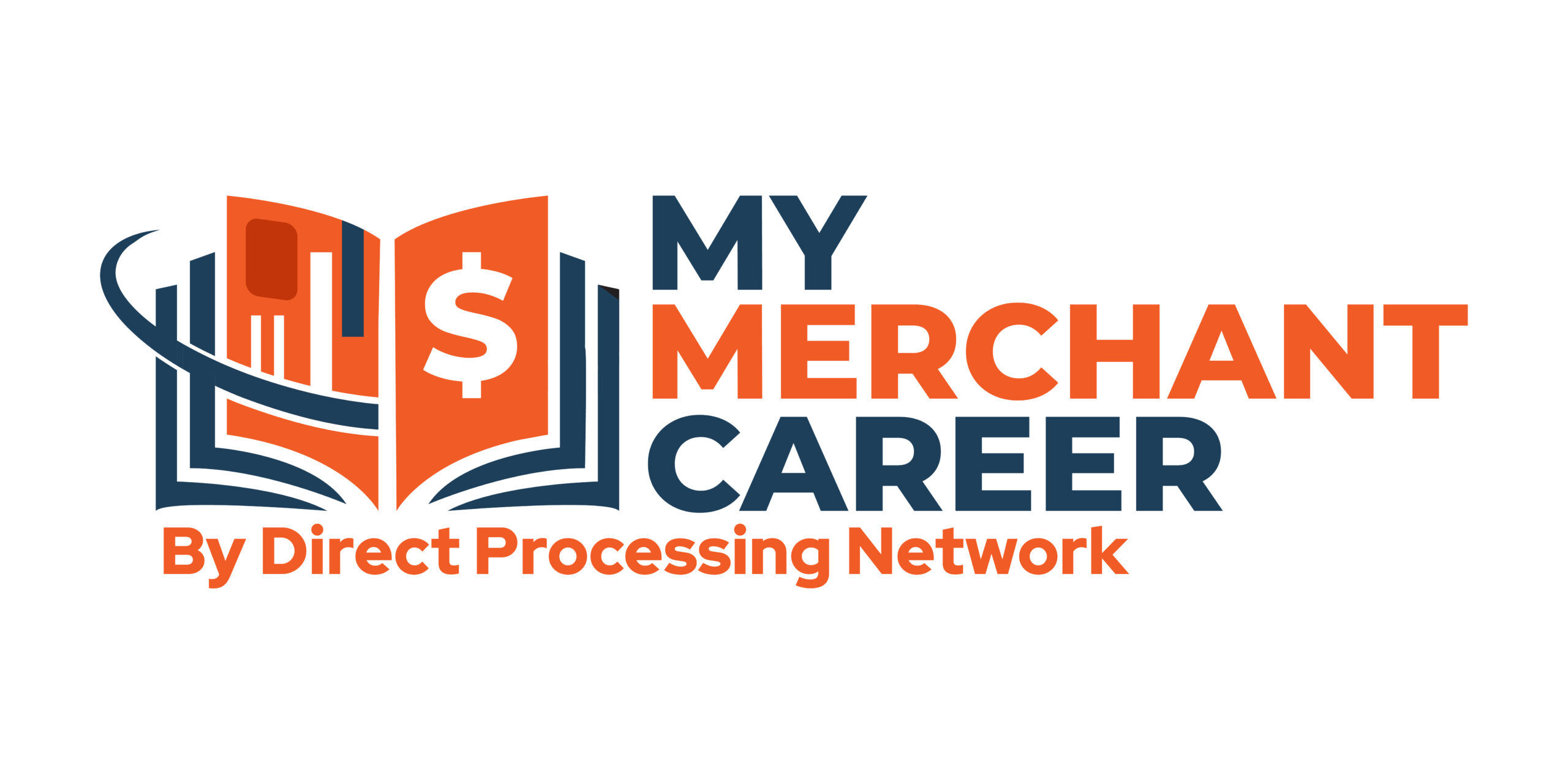Currently Empty: $0.00
Uncategorized
How to Become a Credit Card or Payment Processor in 10 Steps
In the modern business landscape, payment processing is a crucial element of commerce. Whether you’re looking to start a new career or expand your business services, becoming a credit card or payment processor can be highly rewarding. This guide will walk you through how to become a credit card or payment processor in 10 essential steps, providing you with the knowledge and strategies needed to succeed in this dynamic industry.
Step 1: Understand the Payment Processing Industry
Before diving into how to become a credit card processor, it’s essential to gain a solid understanding of the payment processing industry. This includes familiarizing yourself with the various types of payment methods (credit cards, debit cards, mobile payments), payment gateways, and the role of intermediaries such as acquirers and issuers.
Step 2: Research and Choose a Business Model
Determine which business model aligns with your goals. There are several paths to becoming a payment processor, including:
- Independent Sales Organization (ISO): Partner with a payment processor to sell their services.
- Merchant Services Provider: Offer a suite of payment solutions and manage client accounts.
- Payment Service Provider (PSP): Provide integrated payment solutions and manage the technology stack.
Choose a model that fits your skills, resources, and market niche.
Step 3: Partner with a Payment Processor
To sell credit card processing or payment solutions, you need to partner with an established payment processor or acquiring bank. Research potential partners to find one that offers competitive rates, reliable technology, and strong support. Ensure that they align with your business goals and provide the necessary tools and resources for success.
Step 4: Obtain the Necessary Licenses and Certifications
Depending on your region and business model, you may need specific licenses or certifications to operate as a payment processor. This might include:
- Business License: Required for legal operation.
- Payment Card Industry Data Security Standard (PCI DSS) Certification: Ensures compliance with data security standards.
- Local or Regional Certifications: Check for any additional certifications required in your area.
Step 5: Develop Your Knowledge and Skills
Becoming a successful payment processor requires a deep understanding of payment technologies, fraud prevention, and industry regulations. Invest time in training programs, attend industry conferences, and stay updated on emerging trends and technologies.
Step 6: Set Up Your Technology Infrastructure
To offer reliable payment processing services, you need a robust technology infrastructure. This includes:
- Payment Gateway: The technology that facilitates online transactions.
- Point of Sale (POS) Systems: Hardware and software for in-person transactions.
- Fraud Detection Tools: Systems to identify and prevent fraudulent activities.
Work with your payment processor partner to set up and integrate these technologies.
Step 7: Create a Comprehensive Service Offering
Develop a range of services that meet the needs of your target market. This could include:
- Credit and Debit Card Processing
- Mobile Payment Solutions
- E-commerce Payment Integration
- Point of Sale Solutions
- Recurring Billing and Subscription Management
Offering a diverse range of services can help you attract a broader client base and increase revenue.
Step 8: Build Your Brand and Market Your Services
Effective branding and marketing are crucial for attracting clients. Create a professional website, develop marketing materials, and engage in digital marketing strategies such as SEO and social media advertising. Showcase your expertise and the value of your services to differentiate yourself from competitors.
Step 9: Focus on Customer Service and Support
Providing exceptional customer service is key to building long-term relationships with clients. Ensure you have a responsive support system in place to address any issues or inquiries. Offer ongoing support and maintenance to ensure that your clients’ payment processing systems operate smoothly.
Step 10: Monitor and Optimize Your Operations
Regularly review your performance and seek ways to improve your services and operations. Track key metrics such as transaction volume, customer satisfaction, and service uptime. Use this data to make informed decisions and optimize your business processes for better efficiency and profitability.
Conclusion
Becoming a credit card or payment processor involves understanding the industry, choosing the right business model, partnering with reliable processors, and setting up the necessary technology and infrastructure. By following these 10 steps, you can establish a successful payment processing business and contribute to the ever-evolving world of digital payments. Whether you’re starting from scratch or expanding an existing business, these guidelines will help you navigate the complexities of the payment processing industry and achieve your goals.




